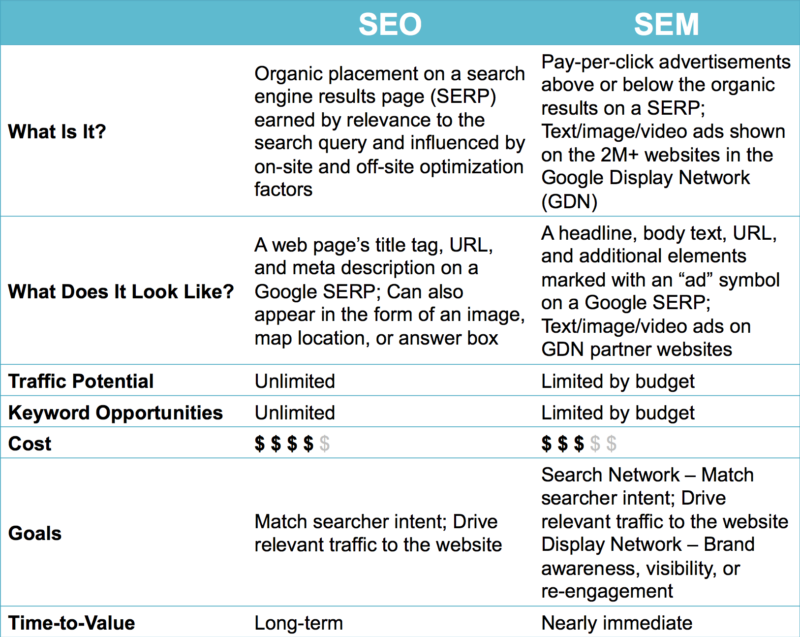To track Page Speed and Core Web Vitals, you can use tools like Google’s PageSpeed Insights, Google Search Console, or WebPageTest. Bounce rate is a metric that calculates the percentage of visitors who leave your website after only viewing one page. To track crawl errors, you can use Google Search Console, a free tool provided by Google. We define bounce rate as the percentage of people who visit only one page on your website.
Q: How do I know my SEO is good?
It’s also different if the visits are going to your most transactional pages versus most of your users landing on informational articles that don’t have a commercial objective. However, it’s not the same if most of the traffic comes from a single URL compared to being distributed among several of them. Therefore, my advice is to get into the habit of checking this metric periodically.
The Pitfalls to Avoid in Key Performance Indicator (KPI) Setting
Perhaps you’re attracting visitors who are looking for information but need more time to be ready to buy. In this case, you should target more transactional keywords to attract users with purchase intent. In conclusion, understanding the distinction between SEO metrics that truly matter and those that don’t is crucial for crafting an effective and sustainable SEO strategy. All the SEO effort in the world is useless unless it actually brings your clients qualified organic traffic.
For instance, for a tech company with a mobile application, the number of downloads, while often considered a sign of success, does not indicate active usage or user retention. More critical metrics would be the active user count, the frequency of app usage and the retention rate over time. For High-quality SEO solutions for increasing brand visibility , consider the customer churn rate, a critical KPI for many businesses. This level of clarity will enable more accurate goal setting and benchmarking against this KPI. By following these steps, brands can set effective marketing objectives that contribute directly to the achievement of broader business goals. For instance, if the goal is to increase online sales, the team might focus on digital advertising, website optimization, and e-commerce strategies.

The entire team is amazed at the dashboards and how easy this process is moving forward within seoClarity.“ Enterprise companies track thousands (if not tens of thousands) of keywords. As such, these manual methods simply aren’t able to provide a proper understanding of user intent across all of your content and pages to connect to your topics and keywords. Ready to scale your PPC campaigns to get more clicks and conversions? Learn how to scale paid search campaigns with tactics like targeting new keywords, remarketing to engaged users, and more. When you regularly monitor your SEO data, you have constant opportunities to improve your site and user experience.
Without continuously improving positions in SERPs, any organic growth simply wouldn’t happen. On their own, however, rankings provide insufficient insight to prove the effectiveness of SEO. A major aspect of SEO then is to promote your brand in those too, further increasing your search visibility. Ads, videos, images, the local pack, Answer Box, and many other universal rank types can help position your content in front of targeted searchers. However, for a non-SEO person, they express the value behind tracking SERP positions much better. However, I believe that rankings shouldn’t be the main or the only metric by which to analyze SEO progress.
Where does organic search fit into the company’s initiatives and goals at large? If you continually provide a positive site experience, the reward should be worth the investment. Your development team has specific metrics that inform their work that also impact the end user experience. Mobile continues to grow and become more important in the world of search and SEO. Each content and engagement metric should be analyzed for both desktop and mobile to fully understand your SEO performance and users’ behavior.
- To see your website’s traffic sources, the most effective tool is Google Analytics 4 (GA4).
- As you can see, having the right SEO tool not only allows us to track metrics but also to adjust the information to our needs and make decisions focused on different objectives.
- To get people to convert and buy, you need them to click on your link — not just scroll past your site in the SERPs.
- This data can be further segmented by various dimensions, such as the traffic source (think Google vs. Bing), or the landing pages that users arrive at.
- In reality, your post was read completely and was found useful by the visitor.
- Welcome to the complex and sometimes confusing world of Google Ads metrics, where every click and every impression holds a secret, waiting to be deciphered.
But to see this metric in Google Ads, you need to have dynamic revenue tracking enabled. If the engagement rate is low, it can indicate that your ad is not relevant to your target audience or that your ad is not getting in front of your target audience. A high Quality Score means that your keywords and ads are relevant to your customers, which leads to a lower CPC and higher ad position.
In this guide, we’ll cover everything you need to know about monitoring SEO campaigns and keeping track of the results. From the top SEO metrics to track to the best SEO tools to use, we’ll walk you through how to measure SEO success. Embrace change and adapt your performance indicators to align with shifting priorities.
I’ve also suggested additional content to help you learn more about each metric and the area of SEO it monitors. Our company just completed the process to identify all of their content by intent. It’s insane how we are able to segment Top/Middle/Bottom funnel and understand performance and progress for each segment.